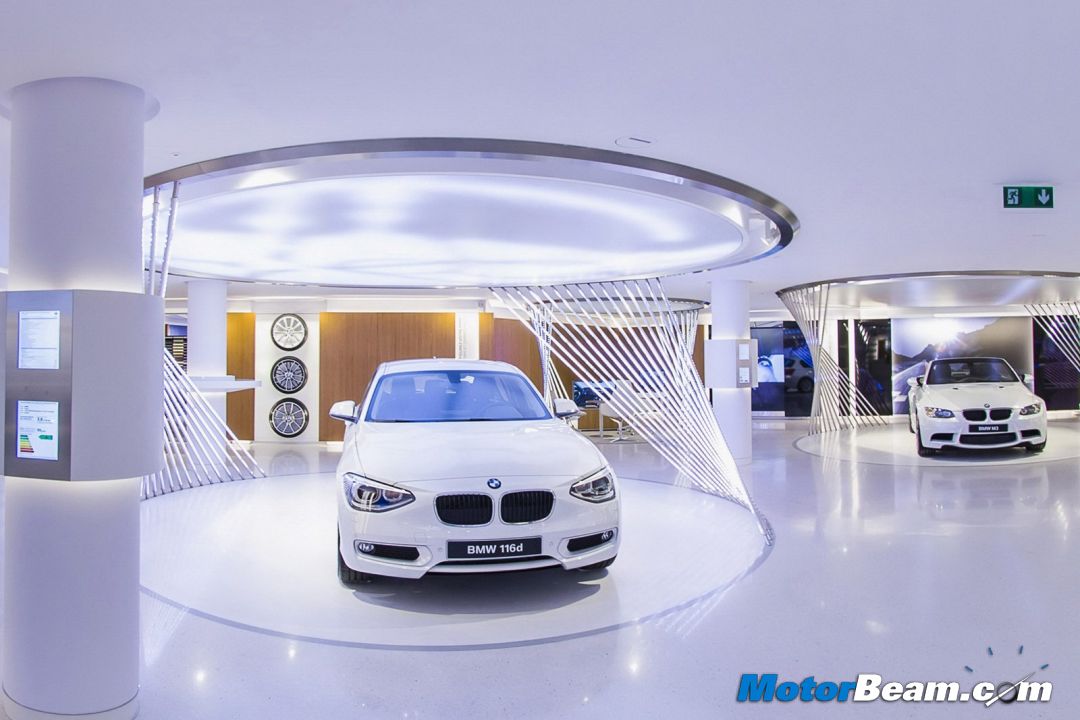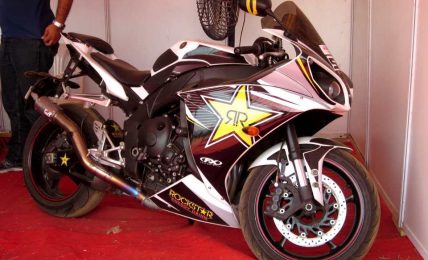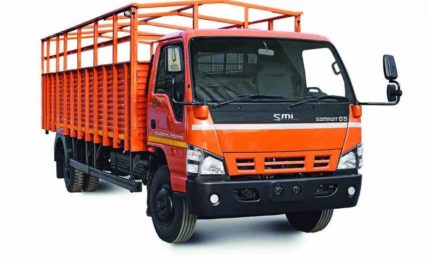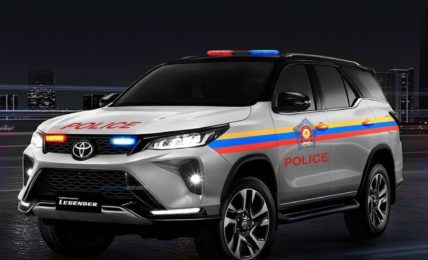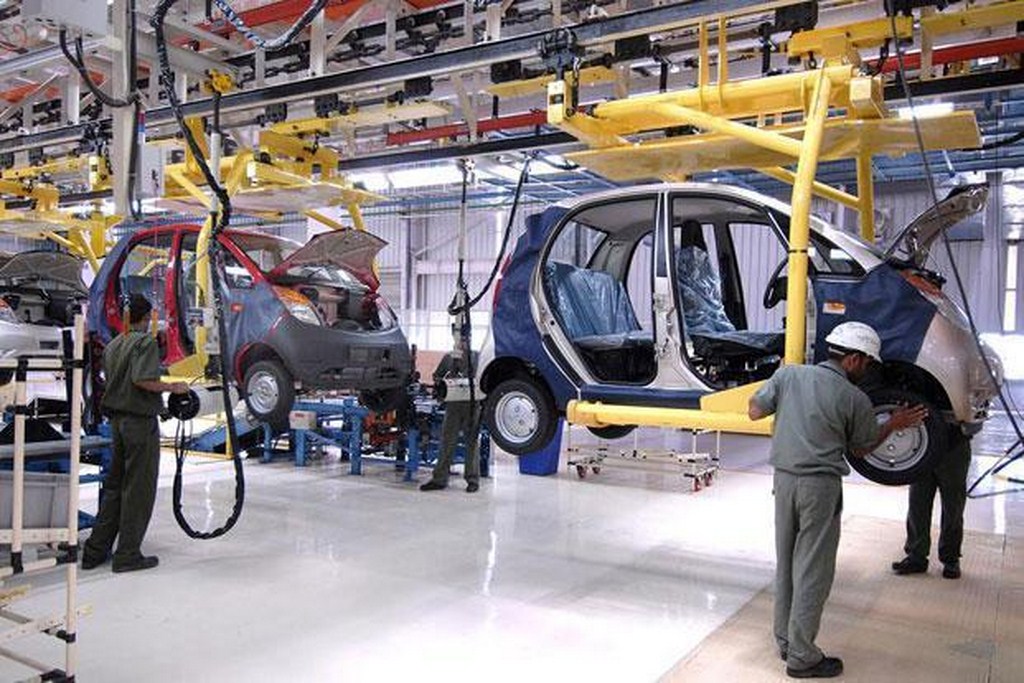
It is quite common for humans to like or dislike a product; and when that product is an automobile (two/four wheeler) it becomes much more complicated. Design, performance, fuel economy, price etc. are the deciding factors for buying an automobile. You may be using a Celerio AMT or a Honda CBR250R; every vehicle has a story to narrate. Just a few questions before jumping into the article –
– Why did Maruti use an Automated Manual Transmission (AMT) in the Celerio?
– Why did Honda launch the CBR250R in the Indian market when hardly any Ninja 250s were selling in the market?
– Why is Mahindra still testing the Mojo or DC doing the same with the Avanti?
Ever thought of the above questions? If yes, could you find out the reason? If you didn’t then the answer is here. Just like any other product even an automobile undergoes a life cycle where it undergoes different phases before fading out in the dark. Let us understand how an automobile model comes into existence.
Market Research – Did you know that the Automated Manual Transmission (AMT) was the outcome of the feedback of few lakh customers? Companies pay heftily to independent and marketing agencies to carry on market research for products; which incurs crores of rupees with months/years manpower engagement. The agencies reach the root levels, the customers and take their feedback. Ever been to a showroom and asked for a feature in a bike/car? If yes, then there is a chance for your opinion to be taken into consideration. It may be one of the smallest thing you would have asked for, remember your opinion can be an input for a future bike/car. One should understand that not every ‘wanted feature’ gets noted but the ones which are frequently asked by customers goes into the note. Now a days companies have gone digital to collect data in the form of polls.
Business Case – Based on the inputs received from the market and benchmarked data, a report is generated. Detail specifications such as vehicle category (hatch/sedan/compact SUV or dual eg. Polo/Vento etc.), engine (displacement, power, etc.), transmission (manual/automatic, no. of gears, etc.), vehicle dimensions, features, target market, investment, return on investment and so on are put up in a report. It is in this phase the crucial decisions are taken which includes usage of existing features or whether to bring out new options.
The below cases are just taken as examples and may or may not match with real scenarios:
The latest offering from Tata Motors, the 1.2-litre turbocharged petrol engine; the company must have been in a situation to use the current (older one) or develop a new one. The company had to upgrade the portfolio perhaps by offering something really new and that was one of the reasons for opting for a new engine. Apart from that, factors such as new/future vehicle specifications, customer feedback, future pollution norms also play an important role.
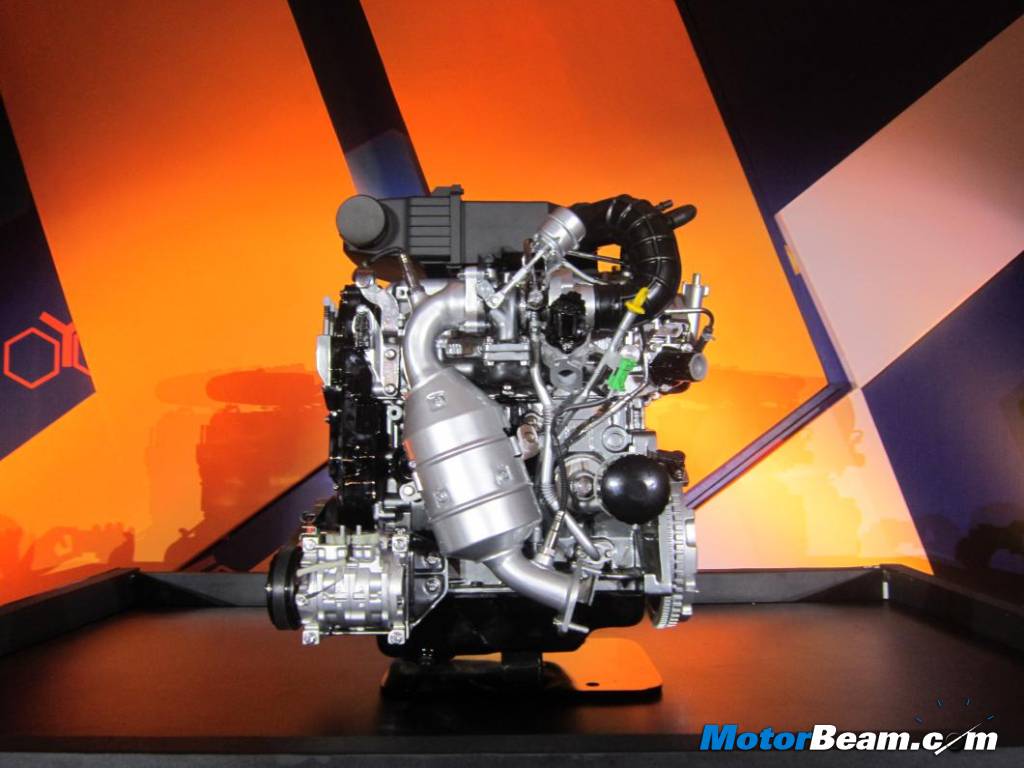
Maruti Suzuki would too have faced a similar situation with Celerio where they took a decision to introduce a new car which replaced the Estilo and A-Star. The Estilo and A-Star were not selling well and that must have put up certain questions for the Maruti management like; how many car(s) would replace these two? What would be the price range of the new car(s)? What will be the surviving factor of the new car(s)? The management must have taken a decision to replace these two with a single model. Then the question arises, what would make the new cars highly distinguishable; probably an automatic transmission which is not too pricey (from customer feedback). Magneti Marelli would have been the first company to be approached as it is a Fiat subsidiary; hence sourcing the engines and transaxles from the same group would be an advantage in many aspects. And alas Magneti Marelli did provide them the solution with the all new automated manual transmission which gave the comfort of automatic transmission and fuel economy of a manual one. With this feature in the car, it was a definite hit. All Maruti had to do is build the body, test it and launch it in the market.
Why was the Honda CBR250R launched when the Kawasaki Ninja 250 was hardly selling in India? It’s a must admit point that Indian market grew exponentially especially post 2000; credits to the IT industry. Young blood needed something bigger than the conventional Apache/Pulsar, R15s and Karizmas. Something powerful but not too expensive (like the Ninja); and thus one can say that feedback from market played a crucial role in launching this vehicle. The Honda CBR250R definitely did sell well until this year. It really did enjoy monopoly with no vehicle near its vicinity until the KTM Duke 200 was launched. Post the orange monster’s arrival, plenty of bikes belonging to the 200+ cc category hit the streets (below Rs. 3 lakhs).
Similarly is the concept of mono platform vehicle; during this stage a decision is taken whether to develop the vehicle on the existing or a new platform? Again inputs from the customers influence the decision. Now a days one can observe that vehicles belonging to different segments are based on the same platform; by doing this the cars share common parts which in turn reduces the overall price of the vehicle, eventually the customer would be paying a lesser price.
Once the business case is prepared, the executive team takes it to the Board where the case is either accepted or the executive is asked to refine it. After iterations. if the case is still not strong enough. the Board rejects the proposal; else if the Board is convinced with the proposal, the project gets a green light.
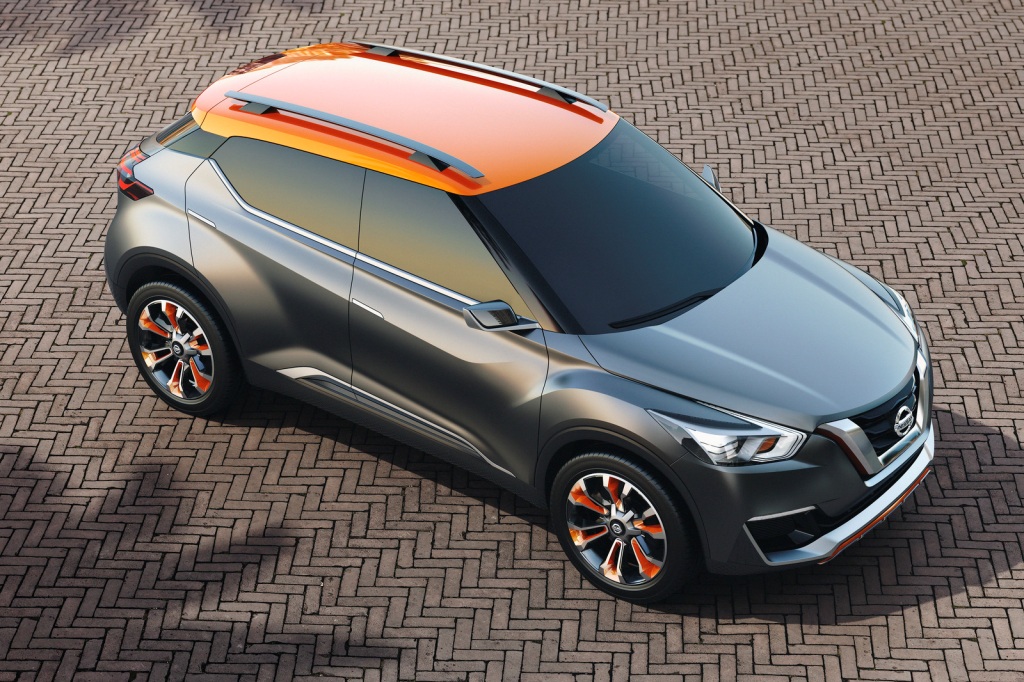
Product Design & Development – Once the business case is approved, it’s time for teams to get into action. If one thinks that only R&D does the entire development then they are totally wrong. Development of a product requires involvement of all the major departments which includes R&D, Strategic Sourcing/Supply Chain, Manufacturing, Process, etc.
Experts from various fields then work on the parts like engine, transmission, chassis, suspension, brakes, steering column, etc. and the teams work in sync. There will be a team (vehicle integration team) that coordinates between all these sub-assembly teams and makes sure that things are on track. Imagine that a good engine is designed but doesn’t sit on the chassis because of dimensional constraints. It’s not just about engine or chassis but this team is responsible to get things right even for the smallest parts which includes nuts, bolts and washers. The designs are frozen post the approval of process and manufacturing teams.
The next stage of the project calls for development of parts. Strategic Sourcing/ Supply Chain Management teams develop vendors for child parts and get the parts developed. Once the parts are developed, they are all set to be assembled in the prototype vehicle. A prototype is nothing but the first cut physical existence of an automobile. All the parts are mated and the vehicle is basically used for fit and function trials. Generally the first prototype does face breakdowns, no wonder as thousands of parts are mated for the first time one cannot expect symphony. Later the designs are optimised and iterations on prototypes are done until satisfactory results are achieved. These prototypes are not found running on roads.
If you think that the prototype of the Yamaha R25 showcased at the 2014 Auto Expo is a prototype then you are mistaken; the one you have seen is a teaser model. Now a days companies have made it a habit of showcasing flashy pieces (in terms of appearance) as prototypes just to attract the masses. I can still recall the moment I saw the R25 earlier this year, I was cent percent sure that the production version will be nowhere near to the showcased piece. Few months down the line Yamaha just couldn’t disappoint me. It should be noted that the R25 was just taken as an example; not just Yamaha but most of the companies unfortunately follow the same trend. The truth is, it’s just a part of the marketing strategy. It’s time to ask a simple question. How many production versions looked more or less like their prototypes? Hardly a handful, isn’t it?
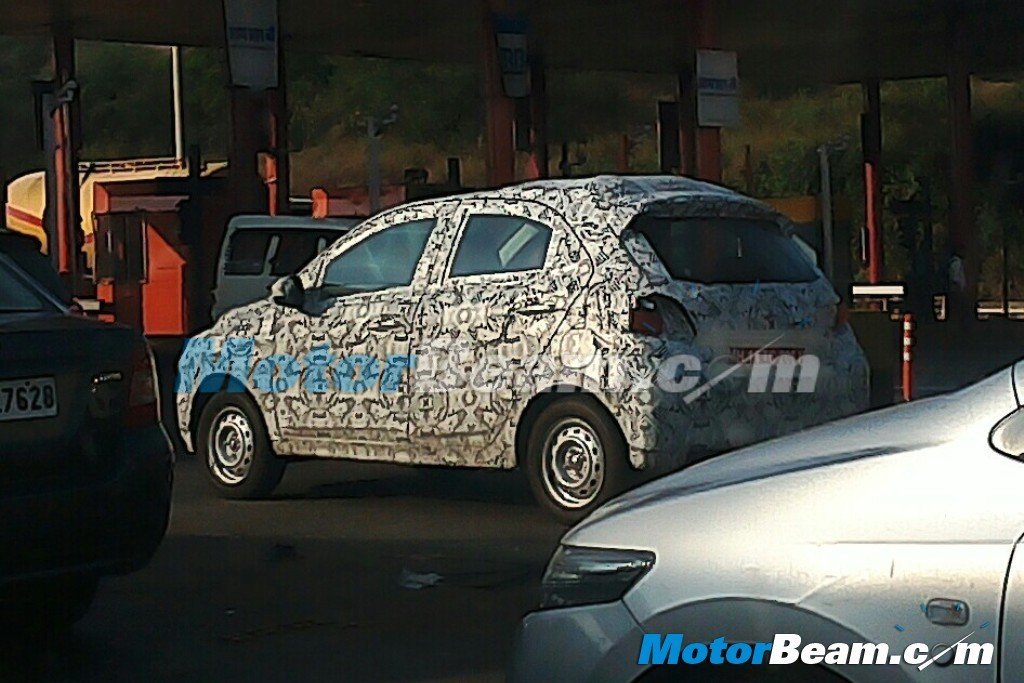
Testing – After the stage of prototyping, a limited number of production ready models are manufactured and testing is done. There are several tests conducted on each vehicle which includes endurance test, performance test, etc. It is during this phase that these vehicles carry red plates and are often spotted across the country. Multiple production ready models are used for validation. A couple of examples have been stated to explain why manufacturers take time to validate the vehicles, especially new models.
Example 1) The manual gearbox in an automobile has gear ratios and during the design stage the gear ratios are defined primarily to meet the performance requirement (primarily 1st and 5th) and also meeting fuel economy (2nd, 3rd and 4th). One should understand that the gearbox plays a crucial role in achieving good fuel economy of the vehicle but one cannot precisely predict the fuel economy using tools. It is during these trials, the gear ratios are tuned to churn out maximum performance while returning good fuel economy.
Example 2) Say a newly designed engine is used in an upcoming vehicle, like the Tata Zest. The companies do make sure that they are offering a quality engine to their customers. To ensure the quality and to prove its capability, the engine is run for some kms (say 3 lakh kms) without major fail. It’s not that the vehicle runs for 3 lakh kms continuously. The drive cycles are well defined and parameters are closely monitored. The routes are spread across the country making sure that the parts sustain all kinds of terrains and weathers; hence one can generally spot vehicles testing in Chennai in the south as well as Leh-Ladakh regions in the north.
In the same way the other parts should also last for a pre-set value. During this trial period if a crucial component fails for multiple mules, the design of the component is refined and the testing starts all over again.
Coming to the DC Avanti, this car needs extensive validation for a couple of reasons. It doesn’t use standard powertrain which most of the companies do and neither it’s an established model like the Maruti Suzuki Swift or Volkswagen Polo. In fact the Avanti is the first complete product of a company which has been modifying vehicles till date and is not an OEM.
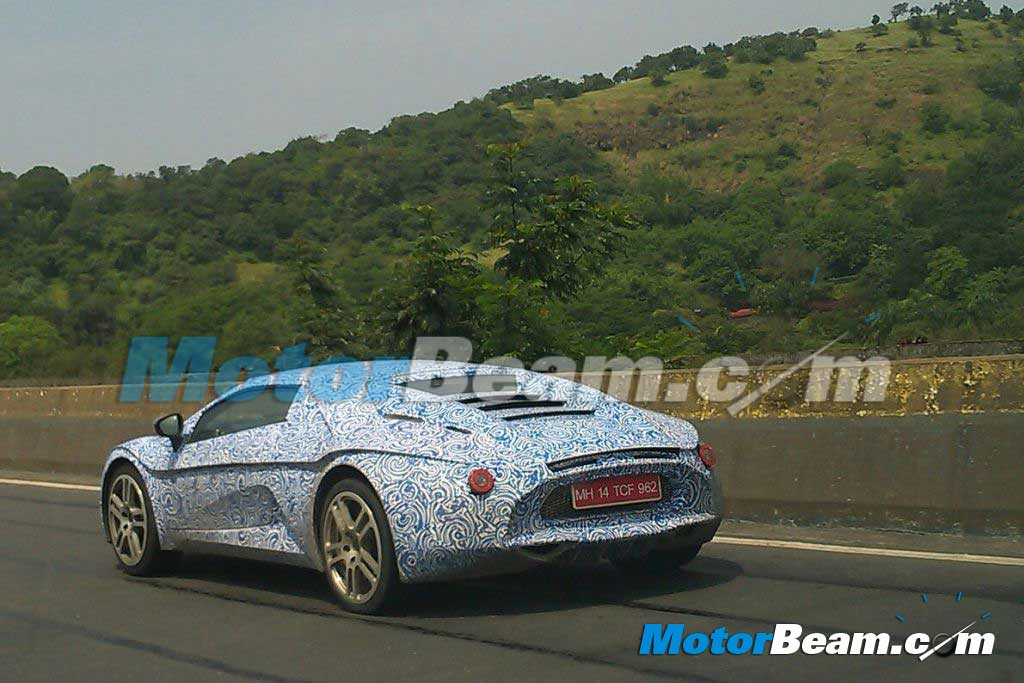
Though standard vehicles are tested rigorously; the DC Avanti being a performance oriented vehicle should be tested for stricter duty cycles. The above examples are for field validation but that’s not just, even the components undergo subjective tests. Examples:
1) Engine is run on full load continuously for 30/50/70 hours (varies from company to company).
2) The vehicle paint is tested under harsh conditions for colour retain-ability.
3) Motors used for windshield wipers undergo certain electrical and mechanical tests.
4) Wiring used in the vehicle is rigorously tested for electrical conductivity, fire resistance, etc.
5) The radiator should cool the engine under extreme weather conditions; one can say during peak summer (in regions where temperatures shoot up to 50 degree centigrade).
* Testing for 2, 3, 4, 5 and similar parts are done before/while developing the product; the components are used only if it passes the tests.
Government Certification – Before the vehicle goes commercial, clearance has to be sought by an agency that is certified by the government. There are few government certified agencies in our country out of which the most important one is Automotive Research Association of India (ARAI); apart from that Vehicle Research & Development Establishment (VRDE) and International Centre for Automotive Technology (ICAT) play their respective roles. ARAI has its own set of procedures for the validation of vehicles. The engine used in the new vehicle should also be ARAI certified. ARAI validates fuel consumption and life of other critical components. As per the new guidelines, the agency will start (2017) conducting crash tests for all new vehicles. The vehicles which pass the crash test will only be allowed to be sold to the Indian consumer. Once the car/bike is certified by ARAI, the vehicle gets a nod for launch.
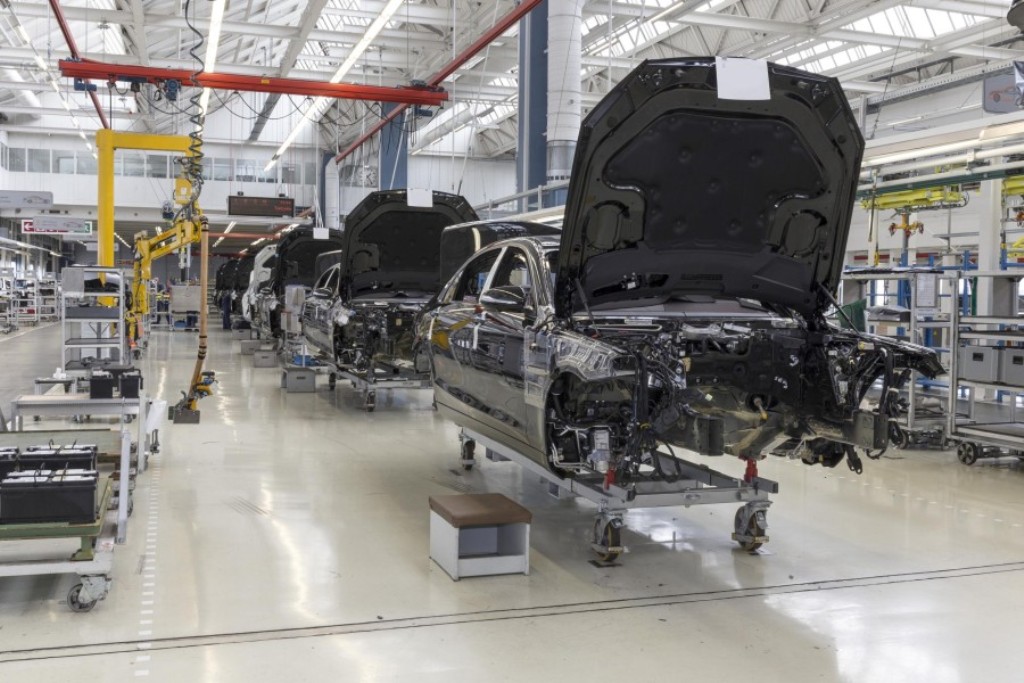
Production – For new vehicles, production lines have to be set up. It takes crores of rupees for installation of hi-tech machinery for machining, assembling and testing the components/complete vehicles. It takes months to build a manufacturing unit which includes installation of machines. It’s not that machines run on full capacity from day 1; components/vehicles are produced in small batches of twenties, thirties and so on. Initially the rejection rate will be comparatively high but gradually it comes down. The production rate then slowly picks up and by the time the vehicle is officially launched in the market; the plant is all set to churn out the numbers.
Sales and Service – This is nothing new but still one should remember that this is a part of the journey too. New vehicles are bought from the showrooms and are generally serviced at authorized service centres. A standard passenger car has a life expectancy of 7 years and generally companies extend their spares support till 7 years (from stop of production).
It’s not that all cars/bikes come into the market through this path; the above description is the generalist approach of companies. Just like everything in the universe there are always exceptions. There have been cases where companies have totally read the market wrong (Tata Nano/Suzuki Kizashi/TVS Jive) and cases where the companies have hit the sweet spot (R15/Duke 200/EcoSport). Sometimes companies bet against the odds and launch vehicles; one can say Mahindra REVA. Though there were no special subsidies from the government, Mahindra was bold enough to revamp the REVA and announce schemes to promote their vehicles. The car isn’t doing well in the market but it has built a mini fortress for itself. So developing a product isn’t as easy as well all thought, no?
